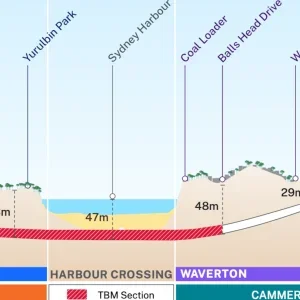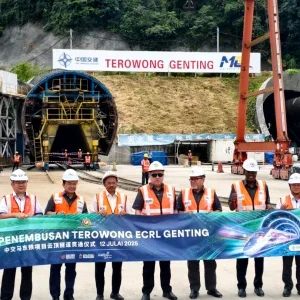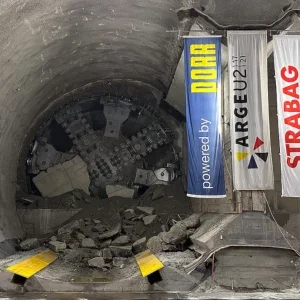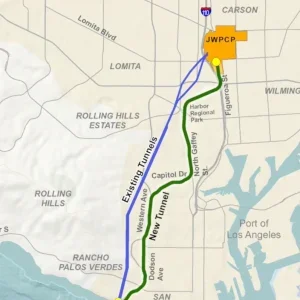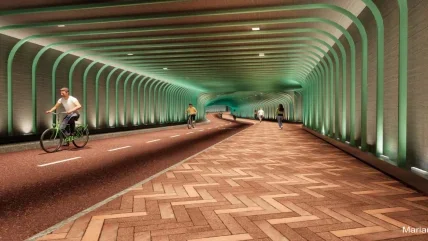
The City of Helsinki is advancing plans for the Mariantunneli tunnel, a major infrastructure project set to enhance connectivity for cyclists and pedestrians in the Finnish city’s Baana traffic network.
The 200m tunnel, which will pass beneath Mechelininkatu and link the Maria Hospital area, has reached the general planning phase. This project aims to connect South Helsinki’s Baana network with Länsibaana, which will eventually extend to Kivenlahti in Espoo.
Public consultation on the project is open until 25 November, with political decision-making scheduled for January 2025. The tunnel’s construction is expected to cost around €19m.
The Mariantunneli tunnel is designed to provide a safe, continuous route for east-west bicycle traffic. It will also allow commuters to bypass the heavily trafficked Mechelininkatu, where around 36,000 vehicles pass on a typical autumn weekday.
This project will enable smoother passage for both cyclists and pedestrians, helping to alleviate congestion and enhance safety. Additionally, the tunnel’s design will accommodate emergency access, allowing ambulances to use the route when necessary.
To ensure user safety, the Mariantunneli tunnel will feature advanced lighting systems, including ceiling and booster lights, along with remotely controlled wall lighting that can change colours to mark seasons or events.
Further visual refinements are planned for subsequent stages of the project.
The Mariantunneli tunnel will connect to the original Baana route between Kamppi and Ruoholahti.
Plans include the creation of a designated bicycle street on Lapinlahdentie, where vehicle speeds will be reduced to match the pace of bicycle traffic, prioritising the safety of cyclists.
The redesigned area will include 24 parking spaces and four spaces designated for pick-up and drop-off, replacing the current 70 parking spaces distributed along the street.
Initially included in a revised plan for the Maria Hospital area that took effect in January 2023, the Mariantunneli tunnel is a development project within the city’s 10-year capital programme.
The Urban Environment Committee is expected to review the tunnel’s traffic plan in January 2025. Final approval of the general plan will require City Council endorsement, after which detailed planning and design work will proceed.



